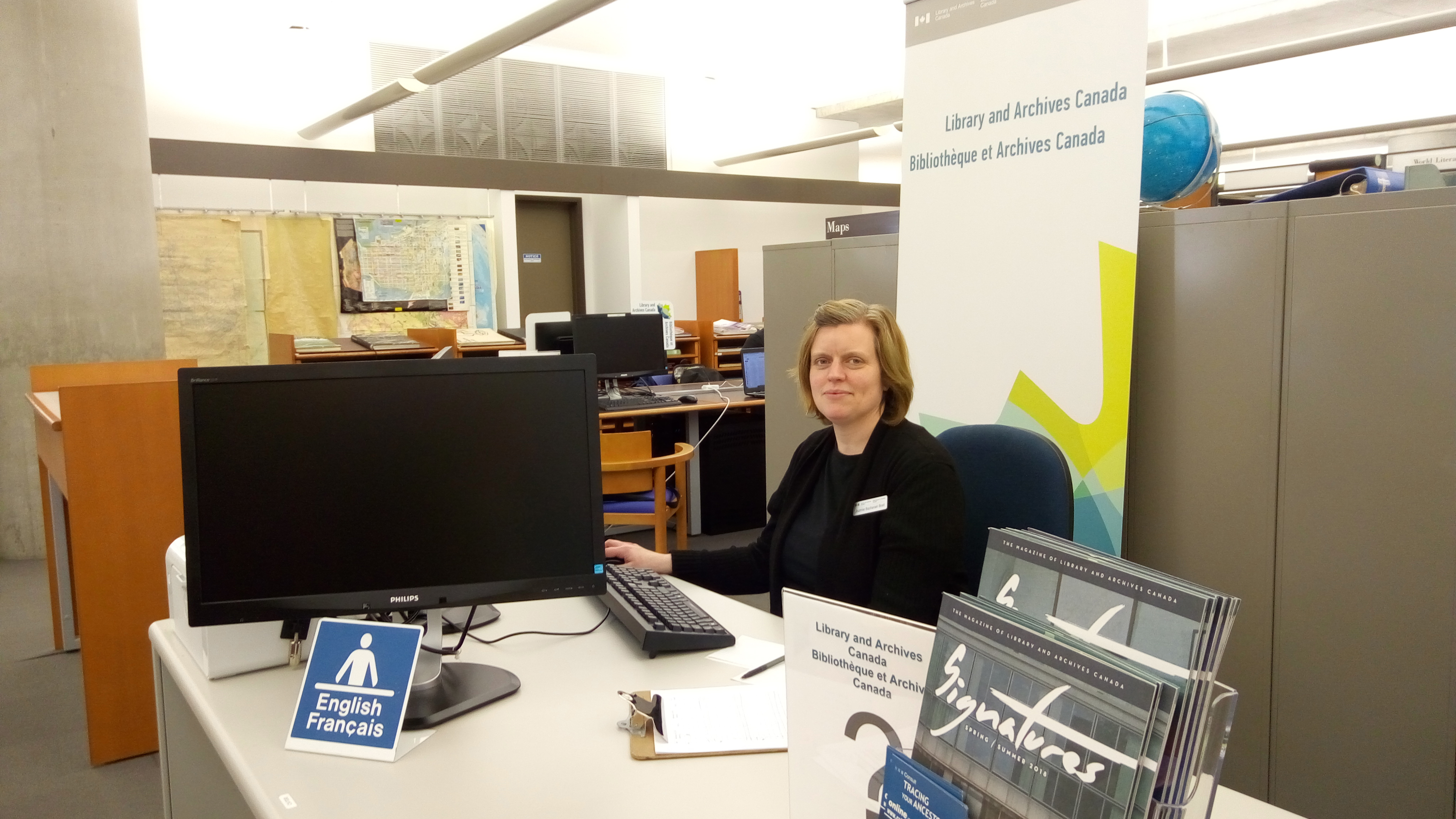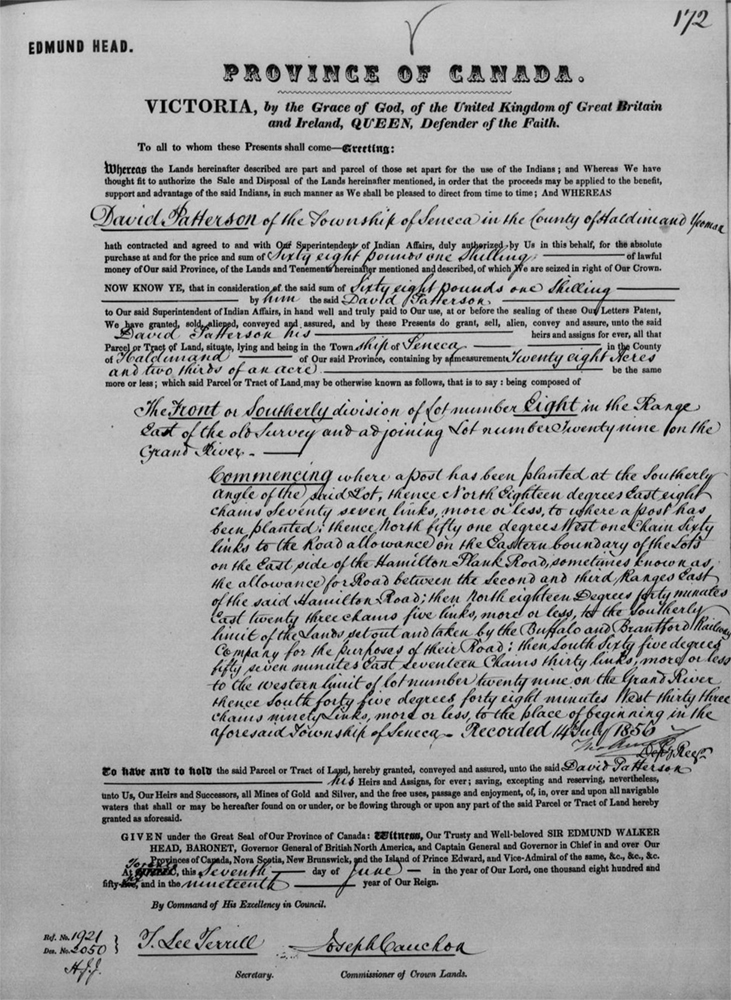By Virtue Tran
Library and Archives Canada (LAC) serves a diverse clientele with diverse information needs. In Reference Services, we see many queries coming in from across the globe. Though service for this international community is essentially the same as for inquirers from Canada, responses should take account of the challenges associated with accessing the collection across borders. This blog provides a glimpse of who our international clients are, a sample of interesting questions we have received, and a look at some of the techniques our reference specialists use to facilitate access by this community.
Our clients
Our clients are from all over the world! In the years 2018 to 2020, requests came from the following countries and regions:
- Africa: Ivory Coast (Côte d’Ivoire), Djibouti, Morocco, Tunisia
- Americas: Brazil, Martinique, Trinidad and Tobago, United States
- Asia: India, Japan, Taiwan
- Europe: Belgium, France, Germany, Ireland, Italy, Portugal, Russia, Switzerland, United Kingdom
- Middle East: Israel, United Arab Emirates
- Oceania: Australia
The above list is only a small sample of the international locations from which we receive requests. Many inquirers are professors and students doing research on either a specific Canadian topic or one with a Canadian component (such as ethnic groups who have immigrated to Canada; government policies and the Canadian cultural scene). Students in information science who have an interest in LAC as an institution or in the state of librarianship and archives in Canada comprise a niche within this clientele.
Then there are archivists, librarians and genealogists. As this is part of their day-to-day jobs, these clients are experts in searching for information. They usually have tools of the trade that allow them to conduct more complex searches. Their questions are geared mainly toward finding information on behalf of their own clients or for internal work. Recent examples include the Direção-Geral do Livro, dos Arquivos e das Bibliotecas [national book, archives and libraries department] of Portugal and the Scottish Natural Heritage Library. Finally, inquiries from members of the public vary widely. They are often driven by curiosity, hobbies or research into family history.
Here are three examples of topics that have piqued the interest of our international clients:
From Martinique: Guadeloupe domestics in 1910–1911
Request for information regarding the Canadian immigration service during that period and biographies of various immigration public servants who worked on the file of Guadeloupe domestic workers. This is found mainly in books discussing the history of immigration legislation and the policies of Canada. At the time, the Department of the Interior was responsible for immigration. Because immigration of Black people was discouraged, as was the case for other ethnic groups, immigration officers would find ways to deport them under the Immigration Act of 1910.
Further sources:
LAC database: Immigrants to Canada, Porters and Domestics, 1899-1949
Calliste, A. (1991). Canada’s immigration policy and domestics from the Caribbean: The second domestic scheme. In S. Brickey and E. Comack (eds.), The social basis of law: Critical readings in the sociology of law (2nd ed., pp. 95–121). Halifax: Garamond Press. OCLC 24743137 This chapter sources information from various archival documents available at LAC.
Kelley, N., and Michael, J.T. (2010). The Making of the Mosaic: A History of Canadian Immigration Policy. 2nd ed. Toronto: University of Toronto Press. OCLC 531018353 Chapter 4, “Industrialization, Immigration, and the Foundation of the Twentieth-Century Immigration Policy, 1896-1914,” pertains mainly to the discriminatory treatment of Asian immigrants under the section “Selective Admission Restrictions.” The discriminatory treatment of Black immigrants is also discussed, but to a lesser extent.
Macklin, A. (1992). Foreign domestic worker: Surrogate housewife or mail order servant. McGill Law Journal 37(3), 681–760. ISSN: 0024-9041 — OCLC 768130032
Yarhi, E. (2016). Order-in-Council P.C. 1911-1324: the Proposed Ban on Black Immigration to Canada. The Canadian Encyclopedia. Historica Canada.

Form B – Order for deportation (C-10411 reel on Héritage).
From France: “Les Belles Mères” by La Bolduc
Request for information on the song “Les Belles Mères” by this famed folk musician. This song borrowed the “Red River Valley” melody as mentioned in an extensive biography published on our webpage. It is available on Virtual Gramophone along with other digitized songs by La Bolduc while materials such as books, articles and musical scores are searchable through our catalogue Aurora.

Label of the song “Les Belles Mères” (published by the Compo Company Limited) (OCLC 1007640213).
From the United Kingdom: Stephen Leacock recordings
Request for a list of audio records of the writings of Stephen Leacock. Specifically, the requester wanted to know the names of those who were speaking in the recordings. LAC holds many audio recordings that can be located through our Aurora catalogue. Information about the readers is found within the bibliographical records, in the section on performers, in the notes or even in the title.

The celebrated actor Christopher Plummer read and adapted Stephen Leacock’s writings. (a182414); for an example, see OCLC 3589995).
Accessing the collection: Options
It is standard practice to redirect clients who are not in the vicinity of Ottawa, Ontario, to institutions closer to their location in order for them to access relevant materials. However, when the materials cannot be located that way, three techniques are often used:
1. The Internet
The list of online resources is long, but here are a few that are heavily used by reference librarians. LAC maintains various resources that can serve as a starting point for research. They are accompanied by an explanatory page that provides a concise summary of the subject and, sometimes, a list of publications for further readings. Other helpful resources are the Government of Canada Publications portal and the Internet Archive’s Canadian Libraries collections, which host a massive amount of official publications, departmental libraries collections, and Canadiana, a staple for pre-1921 Canadian content.
2. Interlibrary loans
LAC does not offer an interlibrary loan (ILL) service. As a result, reference librarians count on local libraries that often provide this service to help connect clients with the publication they need. In the United States, many universities have Canadian holdings, and some public libraries will offer ILL with their Canadian counterparts. While the chances of finding a publication in institutions overseas diminish greatly, not all is lost. Specialized collections exist at universities with Canadian studies programs and within national libraries and museums, to name but a few. The fact that many international organizations are based in Europe should not be discounted. Those organizations often have libraries that collect Canadian content relevant to their work. While they are unlikely to lend out, they are generally open to the public and researchers.
3. Copy services
Copy services are always an option. LAC can provide copies of documents, images, etc., in various formats, including digital, which can be requested in PDF or JPEG format. Most institutions will also offer this service for a fee, but figuring out which institutions hold a copy is the hard part. This is when reference books, bibliographies and union catalogues come in handy. A dated resource will still offer valuable insight for determining the correctness of the references provided and identifying the institutions that used to hold copies. These tidbits of information are useful for tracing back publications, especially older materials that are oftentimes discarded when they no longer meet the needs of users.
With skills, perseverance and a little bit of serendipity, LAC’s Reference Services will connect you with our Canadian heritage. So don’t be shy about sending in your queries to Ask us a Question; we will be happy to assist you in your research!
Virtue Tran is a reference librarian in the Reference Services Division at Library and Archives Canada.

![On the left of the graphic, Tatânga Mânî [Chief Walking Buffalo] [George McLean] in traditional regalia on horse. In the middle, Iggi and girl engaging in a “kunik”, a traditional greeting in Inuit culture. On the right, Maxime Marion, a Métis guide stands holding a rifle. In the background, there is a map of Upper and Lower Canada, and text from the Red River Settlement collection.](https://thediscoverblog.files.wordpress.com/2019/02/blog-banner-1.jpg)





















